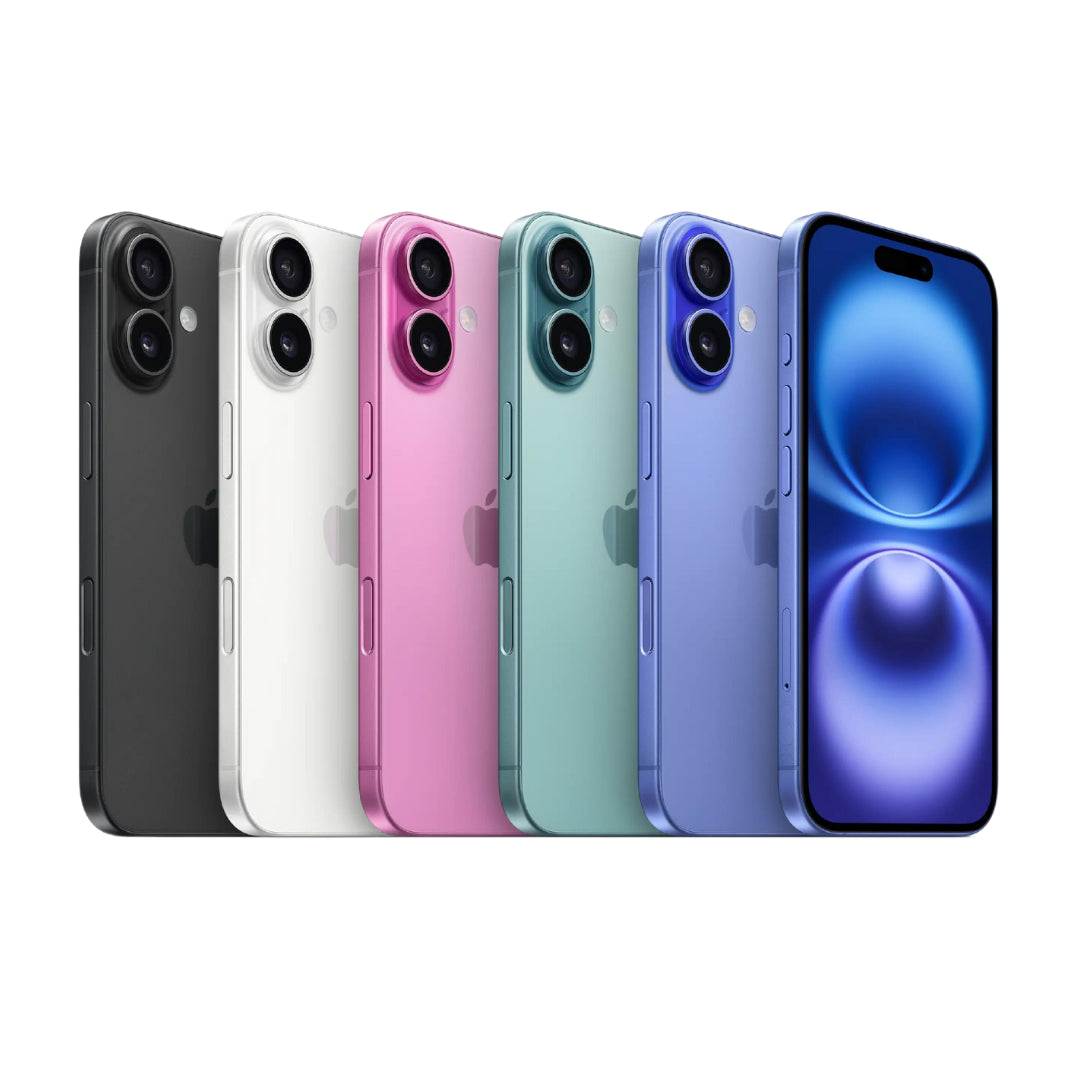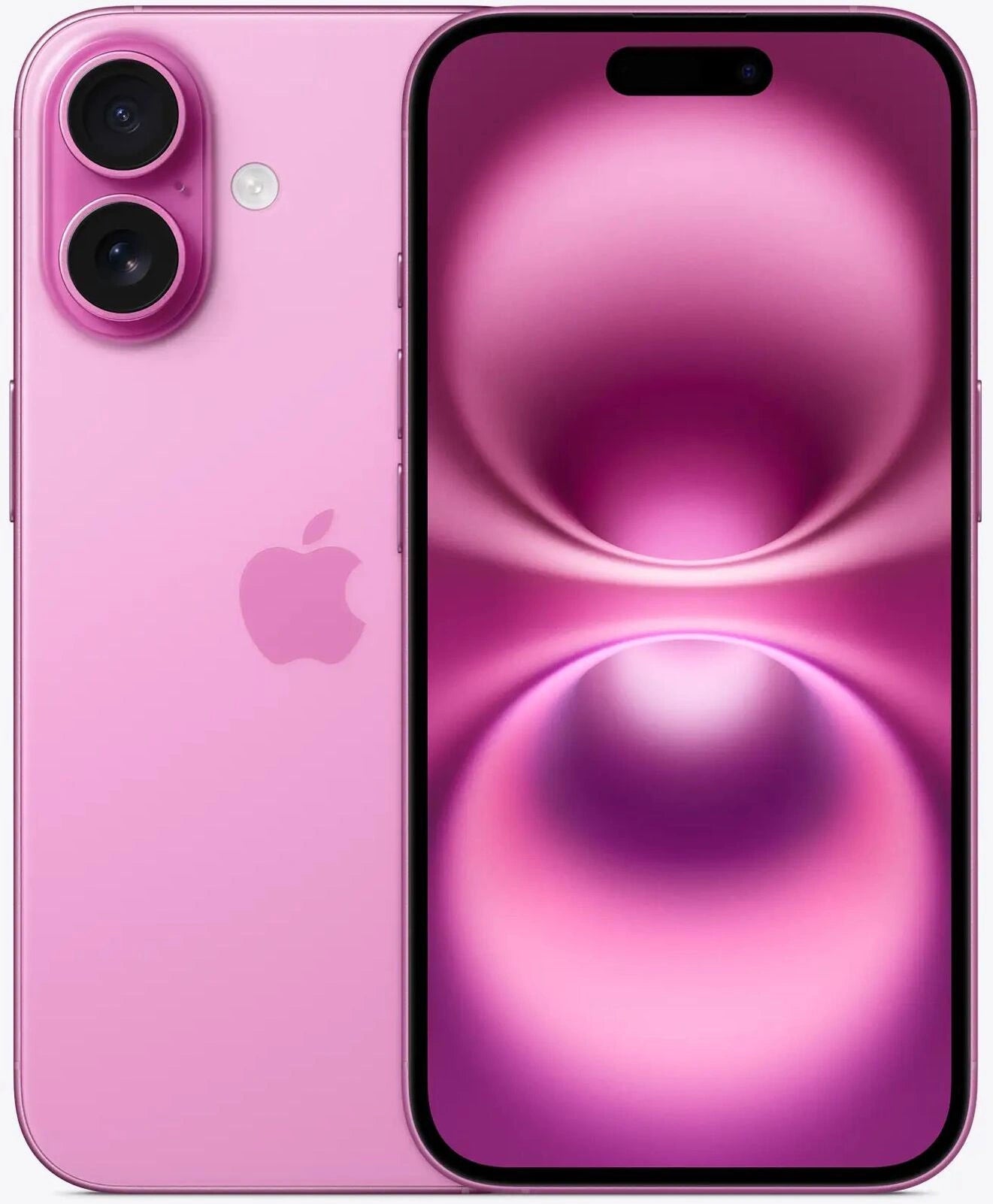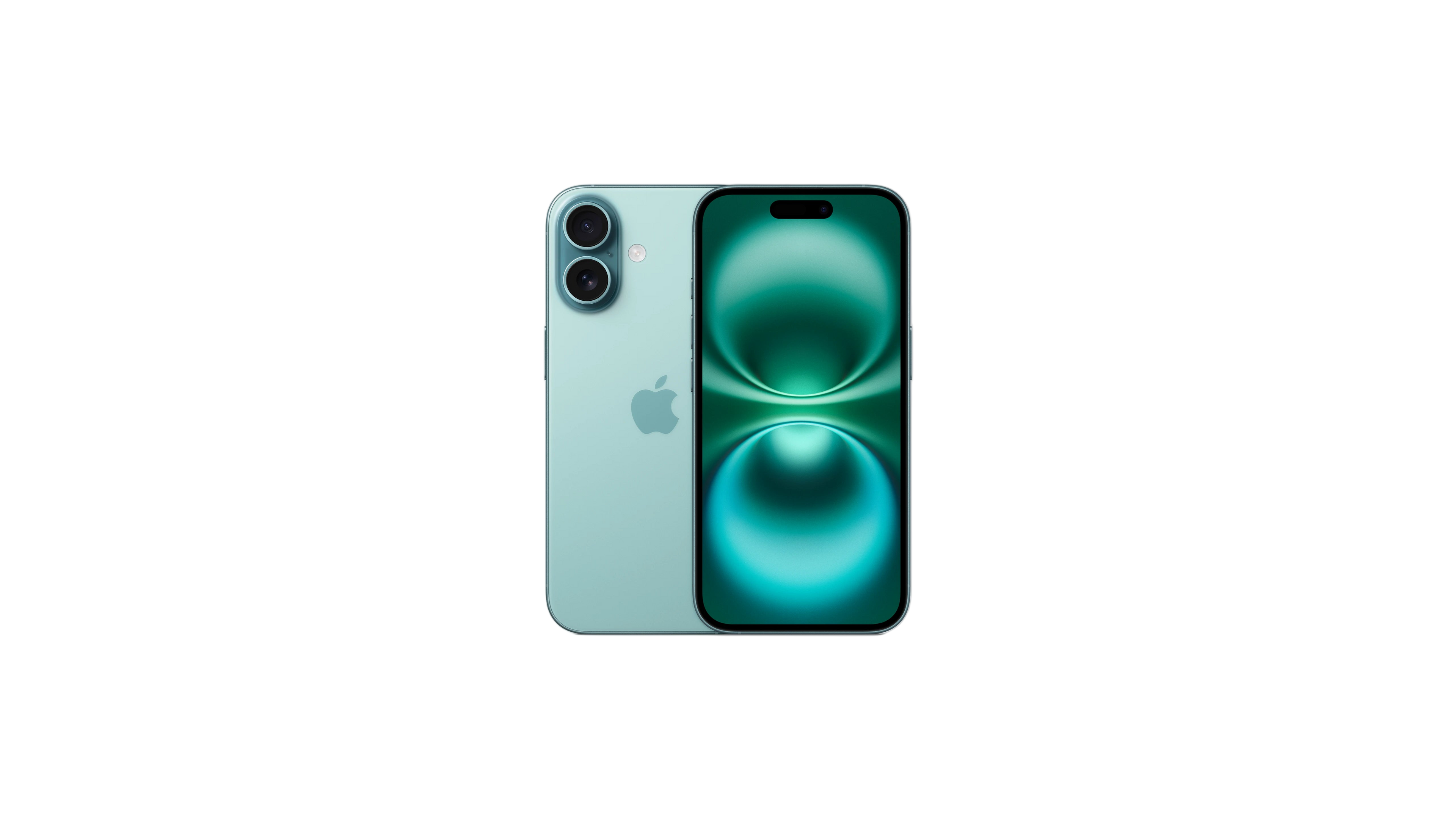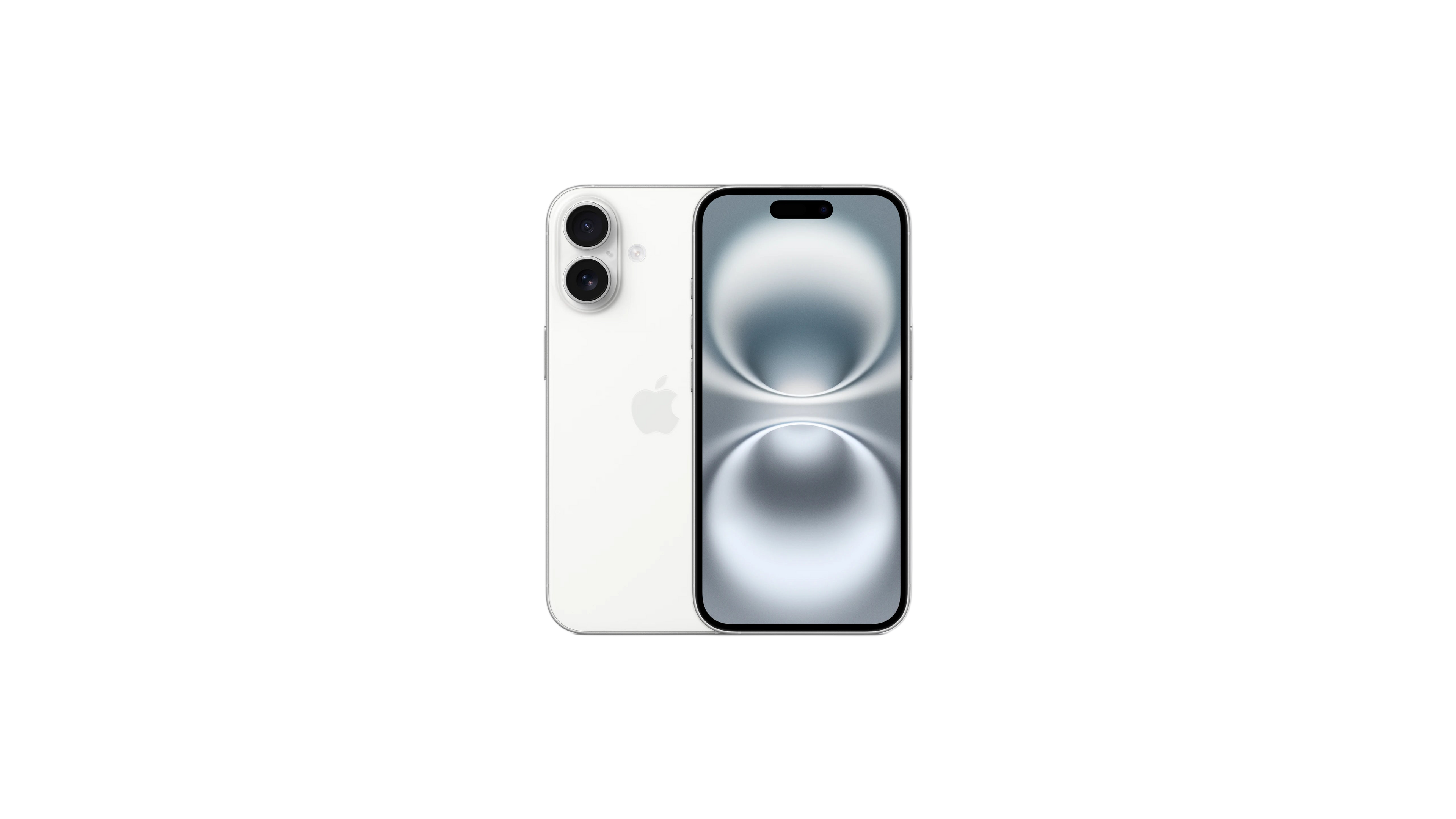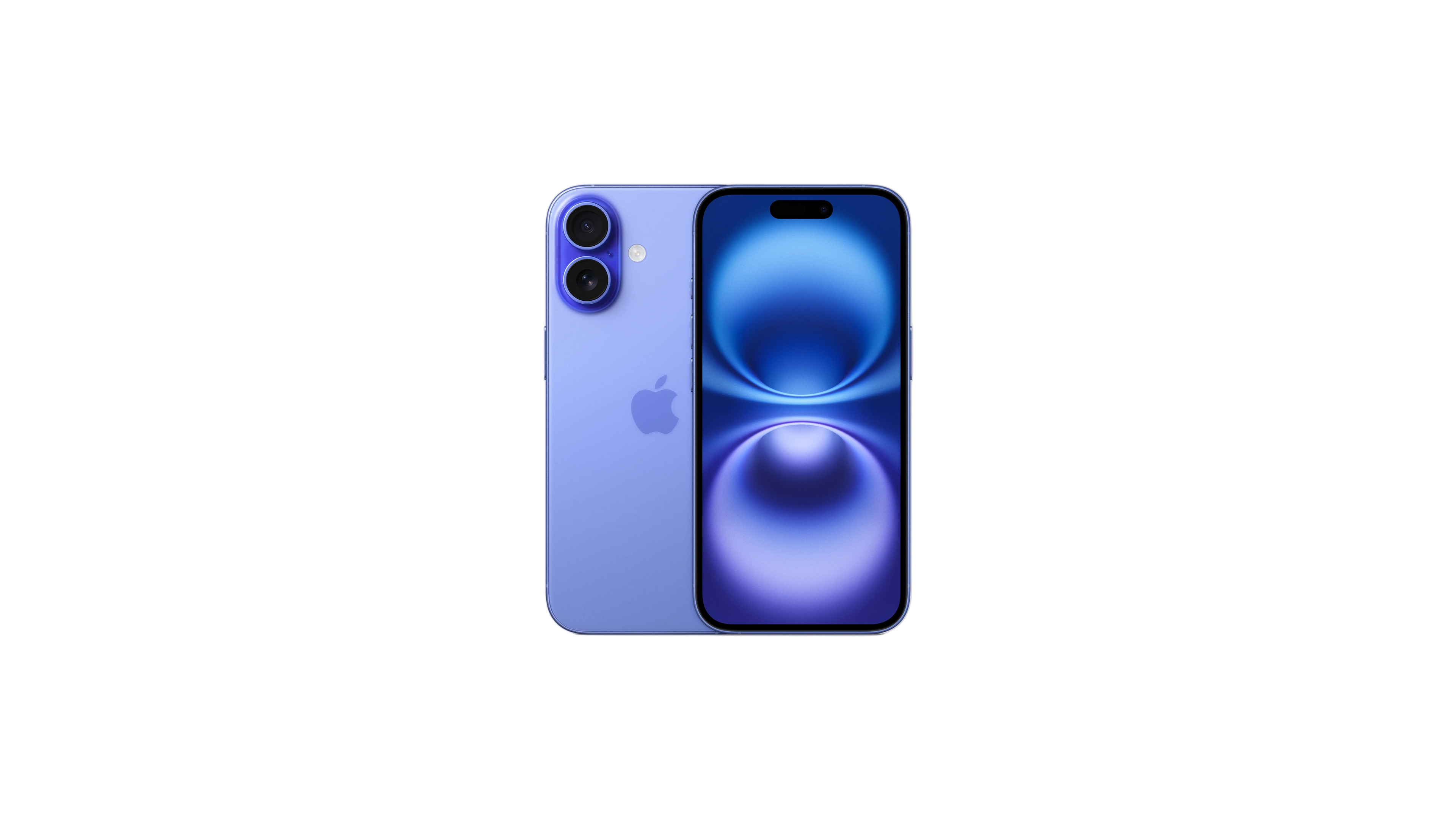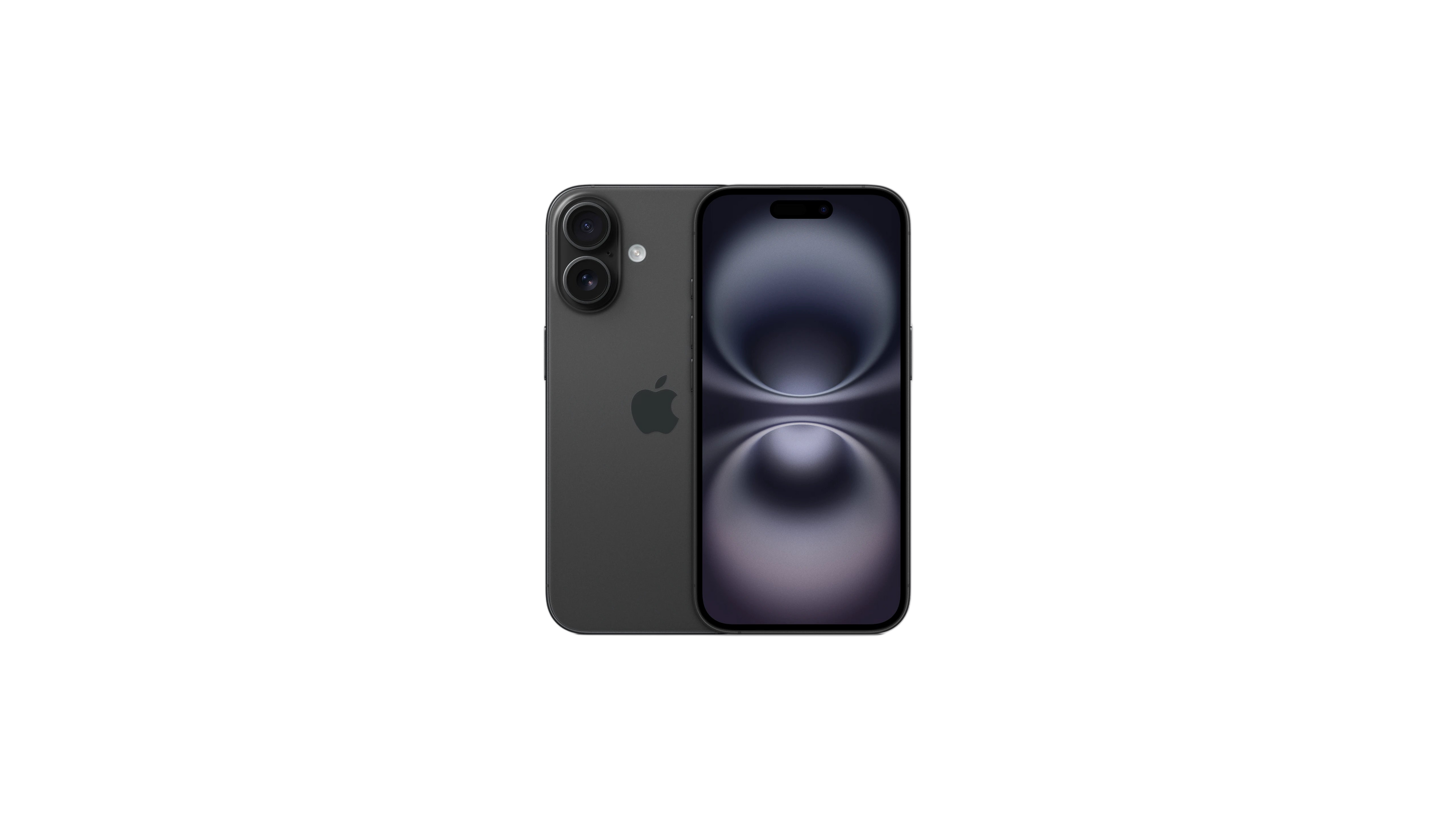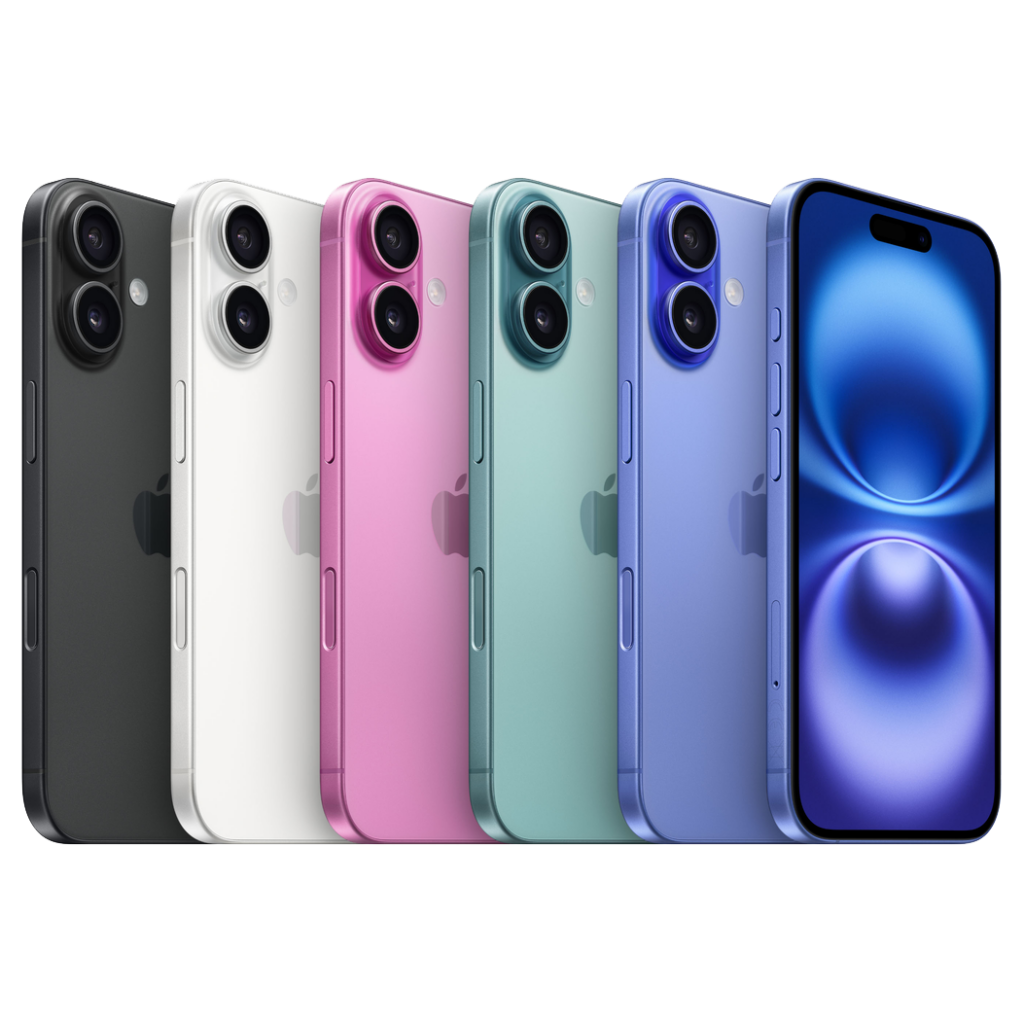Why Apple Music is more than the obvious choice
Spotify, YouTube Music, Deezer. The choice is endless. And yet, as an Apple user, you often automatically choose Apple Music. It makes sense, because the integration with your iPhone, iPad, and AirPods is seamless. No hassle with separate apps; everything works instantly.
But here's the thing: that very obvious choice can blind you to what you're actually missing. Because while you think Apple Music simply "belongs" with your Apple devices, you might be missing out on features that could completely transform your music experience. Think of spatial audio that you can only truly utilize with the right accessories . Or the ability to seamlessly combine your old iTunes library with streaming music.
This article shows why Apple Music is more than just the default choice—and how to really get the most out of it.
Useful links
The power of seamless integration
Apple Music stands out primarily through its deep integration with the entire Apple ecosystem. While other streaming services operate as separate apps, this music service is woven into the operating system of your devices. This means you can issue commands directly from Siri, your music automatically syncs between devices, and even your HomePod seamlessly connects to your library.
The syncing works through iCloud, so the playlist you create on your Mac in the morning is instantly available on your iPhone during your train ride. This integration goes beyond just playing music. For example, you can skip songs with your Apple Watch while running without reaching for your phone, or access your favorite playlists directly via CarPlay in the car.
Spatial audio: more than marketing
Dolby Atmos spatial audio isn't a gimmick; it offers a fundamentally different listening experience. With compatible headphones like AirPods Pro or AirPods Max, you get three-dimensional sound where instruments and vocals literally float around you. The difference is especially noticeable with classical music, live recordings, and modern productions mixed specifically for this format.
Important to know: not all songs support this technology. In the app, you'll see a special icon for tracks available in Dolby Atmos. The catalog is growing rapidly, however; more and more artists are re-releasing their albums in this format.
Keep your existing music collection
An often-overlooked advantage is the ability to combine your own music collection with your streaming library. iTunes Match lets you upload up to 100,000 songs to iCloud, including rare recordings, bootlegs, or original compositions not available on streaming services. These songs are then treated as part of your regular library.
The process works as follows:
- Music in your iTunes or Music app will be automatically scanned
- Songs already in the Apple Music catalog will be instantly available in higher quality
- Unique tracks are uploaded to your personal iCloud space
- Everything can then be streamed on all your devices, without using local storage
Prices and subscription options
The service offers several subscription options. The individual subscription costs €10.99 per month, comparable to competitors. The family subscription for up to six people costs €16.99, making it attractive for households with multiple Apple users. Students pay just €5.99 after verifying their student status.
A lesser-known option is Apple One, which combines Apple Music with other services like iCloud+, Apple TV+, and Apple Arcade. This bundle can be financially attractive for families, especially if you use multiple services.
Lossless audio without compromise
Since 2021, the streaming service has offered lossless audio at no extra cost. This ranges from CD quality (16-bit/44.1 kHz) to hi-res lossless (24-bit/192 kHz). For the average listener with standard earbuds, the difference is minimal, but audiophile users with good equipment will notice a significant improvement in detail and dynamics.
Note: Hi-res lossless requires external equipment like a DAC (digital-to-analog converter). The built-in speakers on your iPhone or Mac won't achieve this quality. Lossless audio also consumes significantly more data and storage space, so only enable it when you have an unrestricted internet connection.
Practical tips for optimal use
To get the most out of your subscription, here are some concrete suggestions:
Making music available offline
Download playlists when you have Wi-Fi for flights or in areas with poor coverage. The app automatically caches recently played songs, but downloading them explicitly is safer.
Use the time-bound lyrics
The app displays lyrics that sync with the music, useful for karaoke or learning new languages. This feature also works offline if you've downloaded the song.
Share playlists smartly
Create collaborative playlists with friends for parties or road trips. Anyone with access can add songs, keeping the list dynamic.
The Downside: Where Apple Music Falls Short
To be fair, the service's weaker points are its social aspect. You can't follow public profiles or see what your friends are listening to. The music discovery algorithms are solid but not superior. Spotify Wrapped, the year-in-review of your listening habits, doesn't have an equivalent with the same impact.
The web player is also basic compared to the native apps. This can be a limitation for users who often work on different computers. The Android app works well but lacks some features that iOS users enjoy.
Conclusion for the Apple user
For those already deeply involved in the Apple ecosystem, Apple's music streaming service is a logical choice. The integration, audio quality, and ability to maintain your personal collection outweigh the limitations in social features. It's not a revolutionary service, but a solid implementation that does exactly what you expect within the familiar environment of your Apple devices.
Apple Music: The logical choice within the Apple ecosystem
Apple Music isn't a spectacular innovator, but it doesn't need to be. For those who already use Apple devices , it offers exactly what you need: reliable streaming that simply works. The combination of spatial audio , lossless quality , and the ability to keep your own music collection makes it a mature service.
Yes, the social features are limited, and Spotify scores better on music discovery. But if you value integration over innovation, and quality over community, then Apple Music is the obvious choice within your Apple ecosystem .


